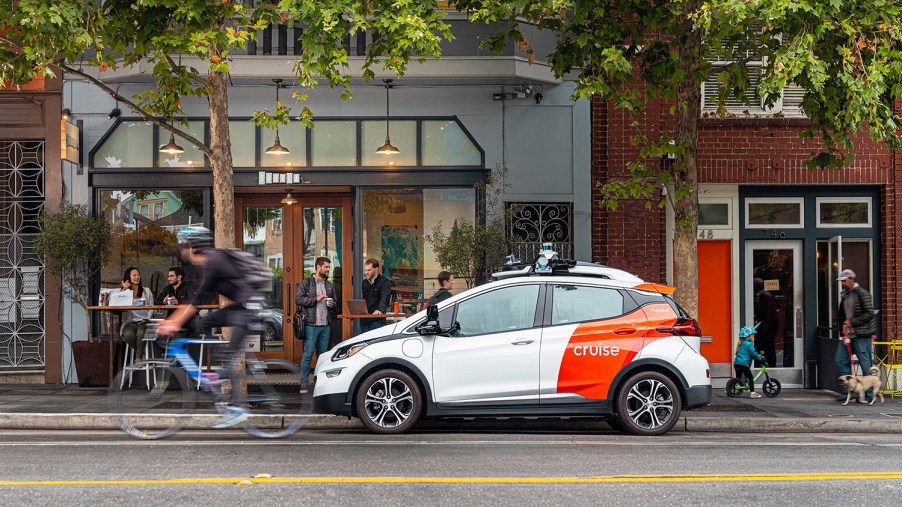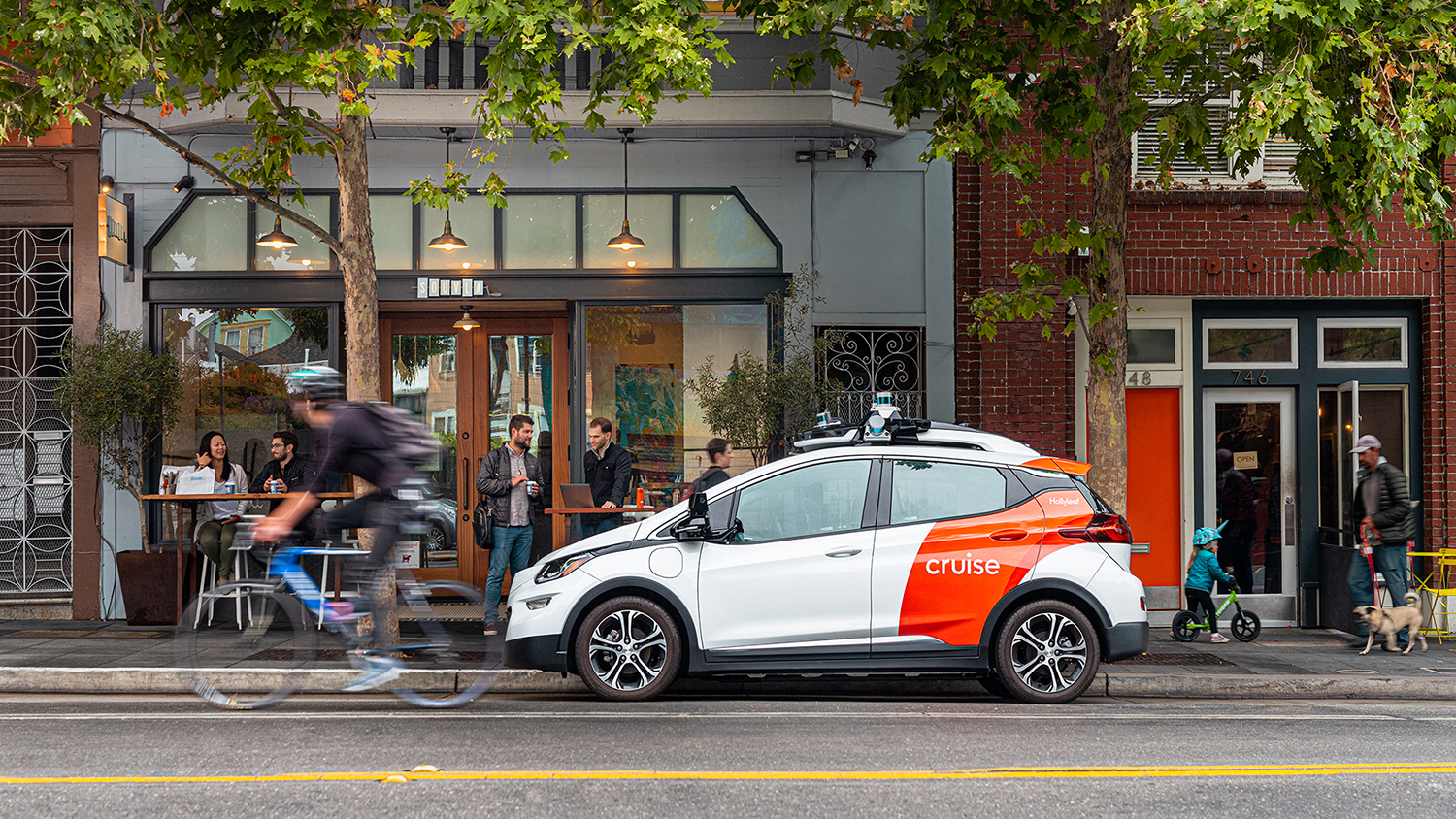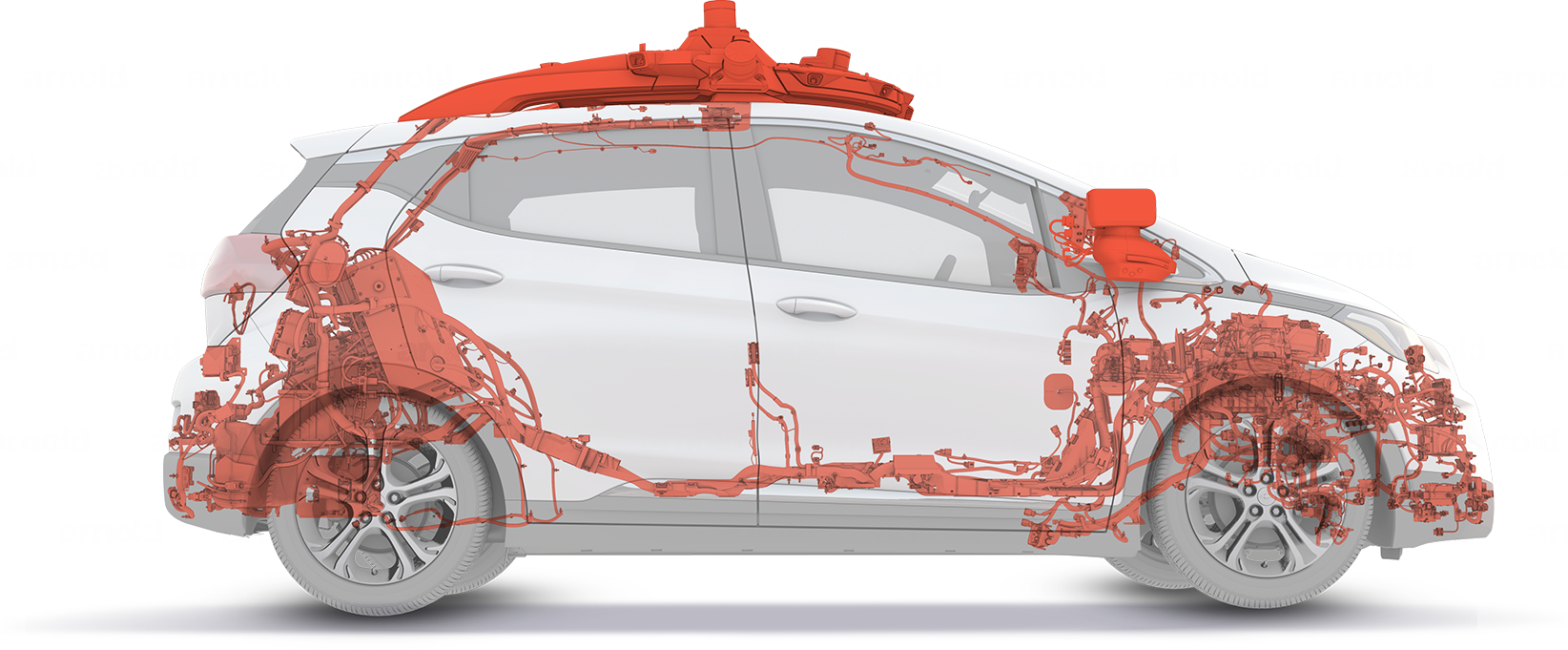
Watch This Self-Driving Car Get Pulled Over by California Police
The world still has plenty of questions about self-driving cars. How safe are they? How reliable are they? Do they react fast enough in certain situations? The list of curiosities goes on and on. However, one question folks often ask is how they respond to emergency vehicles. Now, it looks like we’ve got an answer in the case of the autonomous taxi service, Cruise.
The self-driving Cruise car did indeed pull over when police got behind it
The Drive brought us this entertaining story. A Chevy Bolt belonging to the self-driving taxi service Cruise was making its way through San Francisco with no headlights on. The fleet of Cruise vehicles use LiDAR technology to sense their surroundings. So, they can function perfectly fine without headlights. However, it’s obviously essential that the cars have their lights on for the safety of pedestrians and other drivers.
So, the San Francisco Police Department pulled the Cruise car over. As is seen in the Twitter video, the SFPD officers approach the self-driving vehicle and peek inside. We’re sure the police are well aware of the presence of these vehicles, but they do look a bit confused as to what to do in the situation. It appears one of them even tries to open the would-be driver’s door to no avail.

Comically, the officers step away from the vehicle, and it quickly scoots away through an intersection with a green light. However, Cruise said in response to the tweet that the car was not making a break for it. In fact, it was doing precisely what Cruise designed it to do.
“Chiming in with more details: our AV yielded to the police vehicle, then pulled over to the nearest safe location for the traffic stop, as intended. An officer contacted Cruise personnel, and no citation was issued,” Cruise wrote on Twitter.
The company went on to explain that they work closely with the San Francisco Police Department and have a special procedure for interacting with their vehicles in these types of situations. Furthermore, Cruise dedicated a phone number specifically for police and other first responders to use in scenarios like this.
This incident is a pretty good sign for autonomous vehicle safety

It initially does seem like the video isn’t going well as the Cruise car seemingly bolts (no pun intended) away from the police. However, what the video actually shows is a demonstration of how good self-driving car technology can be.
Upon being signaled by the police to stop, the Cruise vehicle pulled over. It seems it may have taken a moment to realize it was the subject of the traffic stop. However, once it did, the vehicle got out of the way of traffic, turned its hazard lights on, and came to a stop in a safe place, precisely as it’s designed to do. Whether or not you’re trusting of self-driving vehicles, you have to admit that’s pretty impressive.
This type of scenario is the perfect thing to point skeptics to. Many of them will regurgitate the same rhetoric that it’s inevitable one will eventually strike a pedestrian or break some traffic laws. However, it’s easy to underestimate the amount of testing, research, and planned-for scenarios that engineers of cars went through before they ever saw public roadways.
Of course, there are bound to be incidents with developing technology. However, it’s likely that many people are grossly underestimating the safety of self-driving cars. The hesitation is understandable, but the figures speak for themselves. According to The Verge, Waymo, one of Cruise’s competitors, saw only 18 real-life car accidents throughout 6.1 million autonomous driving miles. Waymo says “nearly all” of the accidents were found not to be the fault of the autonomous vehicles.
Ultimately, this Cruise vehicle is an excellent open-curtain look at a self-driving car in a rare situation. Frankly, it couldn’t have gone much better!



